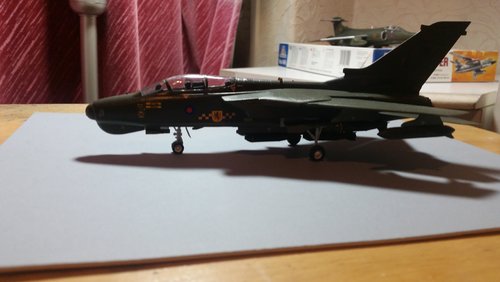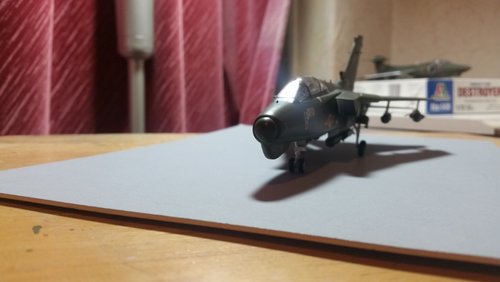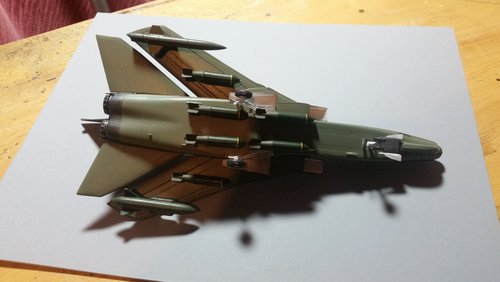PANAVIA PROPOSES 'TORNADO-J' FOR FS-X
Military Technology Exchanges Proposed
Tokyo AEROSPACE JAPAN-WEEKLY in English 23 Feb 87 pp 1, 2
[Text]
Panavia Aircraft announced at a press conference on
February 12 in London that the company proposed a plan to
develop a new version of its Tornado fighter aircraft
jointly with Japan for the FS-X next support fighter of the
Air Self-Defense Force (ASDF).
The proposed new aircraft called a "J" version is
modeled on the Tornado ADV aircraft which is currently
manufactured for the British Royal Air Force (RAF). The
proposal is aimed at developing jointly with Japan a new
fighter which will satisfy all requirements of ASDF. For
this purpose, Panavia has also proposed that an agreement on
military technology exchanges should be concluded between
Japan and Europe.
The FS-X options are now narrowed down to purchase of
off-the-shelf foreign aircraft (including Panavia Tornado,
General Dynamics F-16 and McDonnell Douglas F/A-18) and
development of new aircraft (either domestic development or
joint development with foreign manufacturers).
The joint development proposals of the U.S. have
recently been in the spot light. In the circumstances',
Panavia's joint development proposal is aimed at countering
the U.S. manufacturers.
Under the FS-X operational scenario, ASDF plans to
deploy new support fighters at Matsushima Air Base in Miyagi
Prefecture for attack operation against enemy fleets
approaching Hokkaido or the coast of Japan Sea.
In time of emergency, however, the FSX fighters may be
deployed down south at Hyakuri Air Base because even
Matsushima Air Base is too close to the front fine.
The FS-X will have to fly up to the east coast of Hokkaido
to attack enemy ships and return to the base. In some cases,
the fighters will have to perform air-to-air combat during their missions.
According to ASDF's requirements, the FS-X has to be armed with four
air-to-ship missiles (or six 500-pound guided bombs), two air-to-air
missiles and a 20mm machinegun (with 500 rounds). The Panavia Tornado
and the McDonnell Douglas F-15E dual-role fighter are the only aircraft
now available to satisfy such requirements and an operational scenario.
This is why Panavia has proposed a joint development of
the Tornado-J Although no details of the Tornado-J
proposal have been disclosed yet, Panavia is now attracting
much attention of the Japanese aircraft industry as well as
Asia's engineering staff who have been concerned about a
joint development with the U.S. only.
Europe believes that the FS-X is a good chance for
Japan to appeal its efforts of correcting the current trade
imbalance between Japan and Europe. If necessary, West.
Germany, the U.K. and ltaly will ask Prime Minister Yasuhiro
Nakasone for Japan's introduction of the Tornado at tne
coming Venice Economic Summit meeting in June.
















